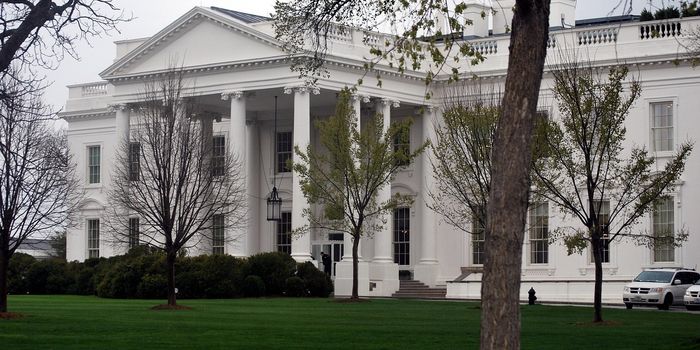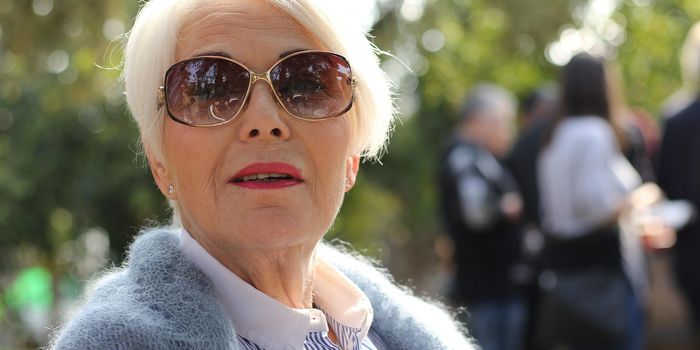To lower HPV infections, vaccinate boys, too
Past studies and a strategy put forth by the WHO have predicted that it is possible to eradicate cervical cancer within the next 100 years. Because the human papillomavirus (HPV), which causes cervical cancer, can be prevented with a vaccination, medical professionals and scientists alike can see the brighter future right within our grasp – one without cervical cancer. Now research from Sweden and Finland suggests that vaccinating boys as well as girls could help us reach that future even sooner than predicted.
The study was published recently in The Journal of Infectious Diseases after a more than decade long investigation. In conducting the study, the researcher team recruited roughly 80,000 boys and girls in 33 towns in the two countries. They then separated the participants into three subgroups. As Eureka Alert explains, in 11 towns, both boys and girls were given HPV vaccination, in another 11 towns only girls were vaccinated, and in 11 towns the participants were vaccinated against a totally different virus (control).
"Our study is unique because the entire population of the communities included in the study was invited to take part, and the choice of vaccination strategy was randomized by community," says lead researcher Matti Lehtinen, at the Department of Laboratory Medicine, Karolinska Institutet. "The results have definitely influenced the decision about offering HPV vaccination to boys, which more and more countries are also deciding."
The findings from their study suggest a leap in effectivity through vaccinations of both boys and girls. "If only girls are offered HPV vaccination not even a school-based vaccination program will be able to eliminate the most oncogenic HPV type 16, ever," says first author Simopekka Vänskä, a docent at the Finnish Institute for Health and Welfare. "Vaccination of both boys and girls with a 75% participation rate can, however, eliminate HPV 16 even in people under 30, which is the segment of the population that is mainly spreading the infection. The elimination will take place only in a few years after the vaccinated cohorts achieve these ages."
As a result of the study, both genders will be offered vaccination in Sweden as of the fall of this year. "The results of the randomized study of different vaccination strategies now published gives us information about how this objective could be achieved at the earliest possible time," concludes Lehtinen.
Sources: Journal of Infectious Diseases, Eureka Alert!








